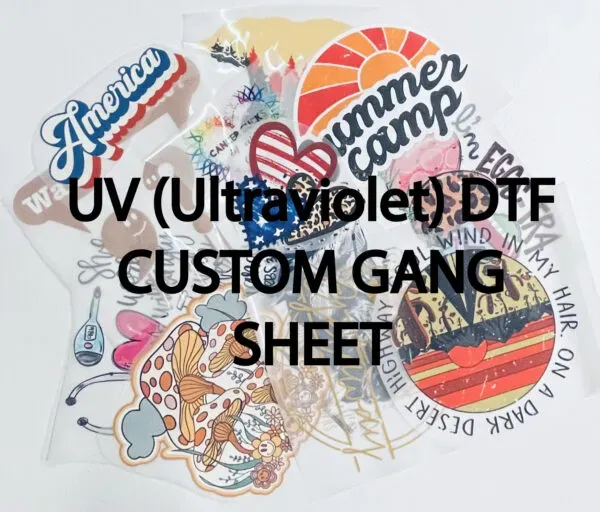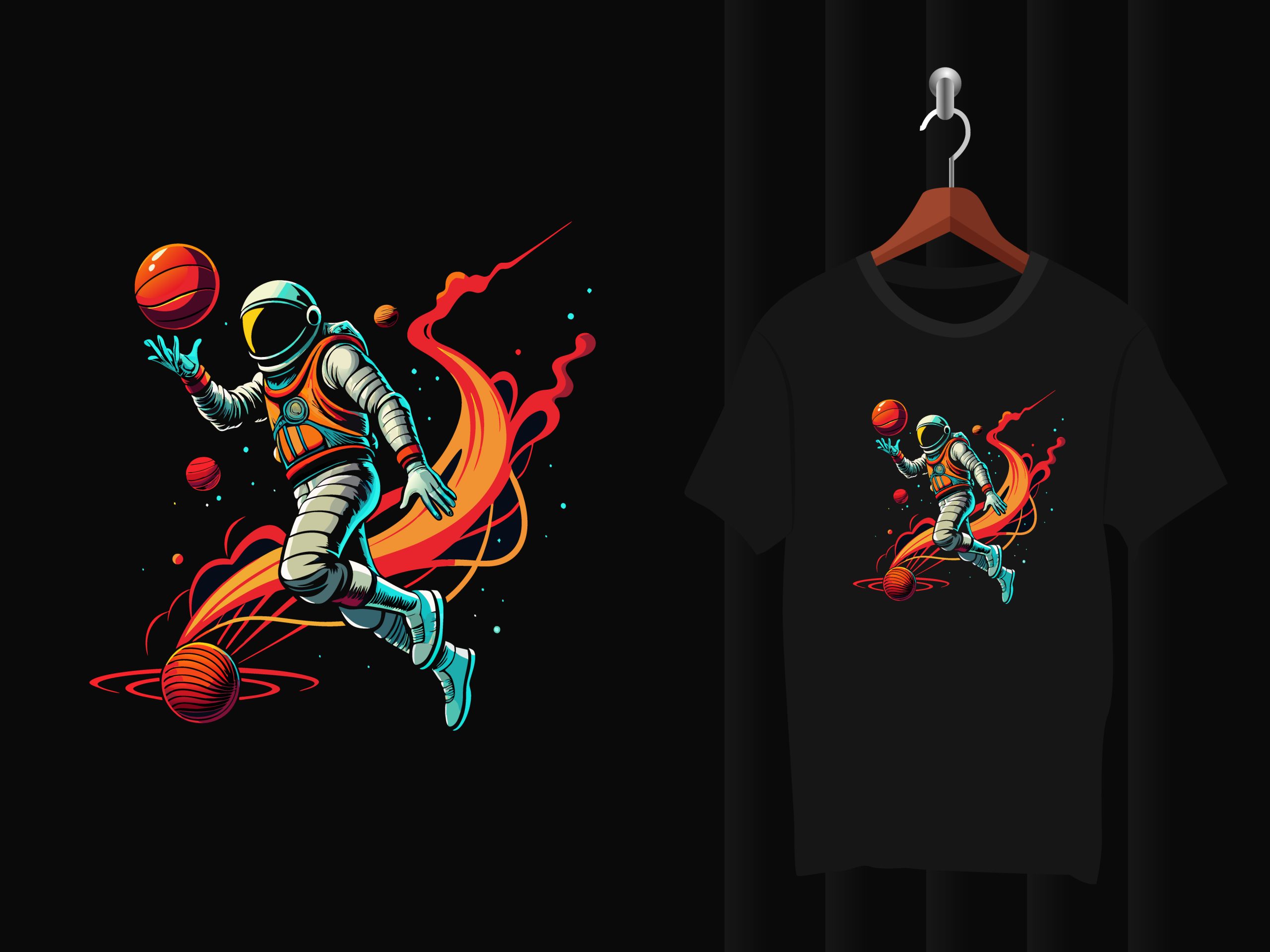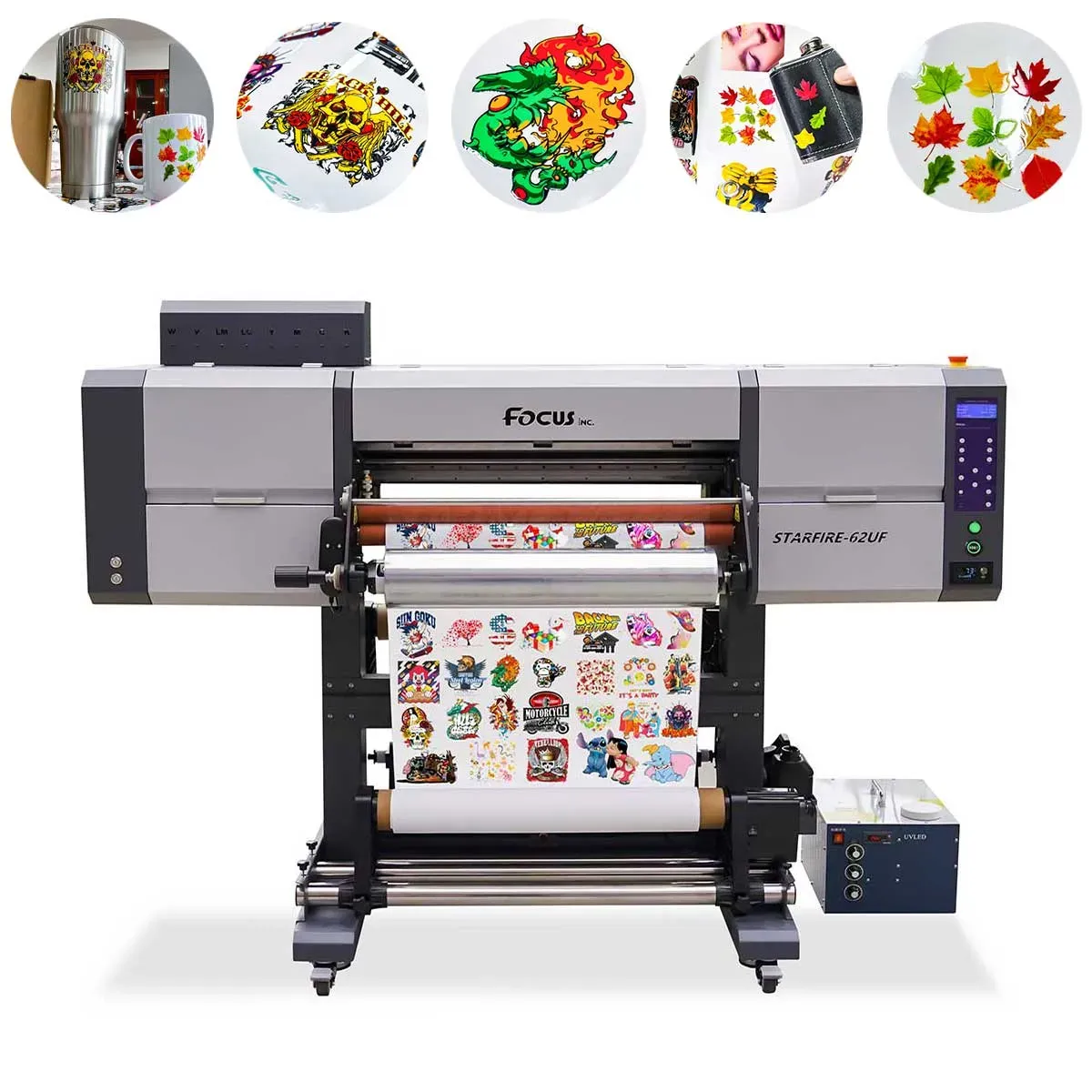DTF Printing: Essential Equipment and Supplies You Need
DTF printing, or Direct to Film printing, is rapidly transforming the landscape of custom apparel printing, providing a seamless solution for artists and entrepreneurs. This cutting-edge technique enables high-resolution designs to be printed on specialized film, which can be transferred onto various fabrics through heat application. With DTF equipment becoming increasingly accessible, hobbyists and professionals alike can achieve vibrant, durable prints that rival traditional methods. In our DTF printing guide, you’ll discover essential DTF supplies, tips for getting started with DTF, and how to unlock the full potential of this innovative printing method. Whether you’re launching a business or exploring a new creative outlet, understanding DTF printing is the first step towards success.
Direct to Film (or DTF) printing represents a modern approach to custom design transfer, catering to diverse printing needs ranging from textiles to promotional items. This innovative printing technique involves applying vivid inks onto a special film, which is then transferred to a fabric under controlled heat and pressure. By utilizing DTF inks and powders, users can achieve remarkable results that boast long-lasting adhesion and clarity. The rapidly evolving field of DTF printing capitalizes on the growing demand for personalized fabric solutions, allowing both newcomers and seasoned professionals to harness its advantages. Exploring the essentials of DTF printing, including necessary equipment and effective techniques, opens up a world of creative possibilities.
Understanding DTF Printing Techniques
DTF printing, or Direct to Film printing, is a technique that uses specialized inks to create vibrant designs on a film that can be easily transferred onto various substrates. Unlike traditional printing methods, DTF printing allows for intricate details and color gradients that can elevate the overall appearance of a custom piece. This process is particularly appealing for custom apparel printing, as it provides durability and flexibility in fabrics, making it suitable for a wide array of garments.
One of the distinguishing features of DTF printing is the adhesive transfer process, which ensures that the ink adheres effectively to different types of fabric. The ability to print on various substrates, from cotton to polyester blends, opens up endless possibilities for designers and apparel businesses. As we explore the nuances of DTF printing, you’ll find that mastering these techniques not only saves time but also enhances the quality of the final product.
Essential DTF Equipment for Quality Results
When diving into DTF printing, having the right equipment is vital for ensuring quality and efficiency. A high-quality DTF printer is at the heart of this printing process, capable of producing vibrant, sharp images. Select brands like Epson or Roland that are renowned for their DTF-compatible printers. The right machine will allow you to maximize color expression and resolution, which are crucial elements for creating stunning custom apparel.
In addition to a reliable printer, a heat transfer press is an essential component in your DTF print setup. This equipment applies the necessary heat and pressure to correctly transfer the printed design onto the fabric. When investing in a heat transfer press, look for features such as adjustable temperature controls and sturdy construction to ensure optimal results with varying fabrics and thicknesses.
Necessary Supplies for Successful DTF Printing
The success of DTF printing heavily relies on the type of supplies utilized in the process. High-quality DTF film is paramount, as it must be properly coated to accept inks without smudging or fading. Poor quality film can lead to disappointing results, including ink bleed or incomplete transfers during application. Therefore, sourcing quality DTF film should be a top priority when setting up your printing operations.
Beyond the film, selecting the right DTF inks is crucial as they are specially formulated for compatibility with DTF printers. Water-based DTF inks provide excellent color vibrancy and durability, ensuring designs remain sharp and long-lasting even after numerous washes. Investing in premium DTF inks will pay off in the final quality of your printed products, reinforcing their appeal to your customers.
Getting Started with DTF Printing: A Beginner’s Guide
For those new to DTF printing, understanding the process from start to finish can feel overwhelming. However, easing into DTF printing requires a few crucial steps. First, you should familiarize yourself with graphic design software, which is essential for creating artwork. High-resolution designs will yield the best results on DTF film, allowing your creations to pop in terms of color and detail once transferred.
Once your design is ready, the next step is to use your DTF printer to print on the coated film. Make sure your printer settings are optimized for DTF printing – this includes selecting the correct media type and ensuring that the color profiles are accurate. These preliminary steps lay the foundation for a successful print that stands out in the competitive landscape of custom apparel.
The DTF Printing Workflow Explained
Understanding the workflow involved in DTF printing can significantly enhance the efficiency of your operations. Starting with your design, it is vital to ensure that you not only create engaging artwork but also use the right design parameters that suit DTF printing processes. This means paying attention to color separations, resolutions, and even file formats that work best with your printer.
After printing on the DTF film, the critical step of applying adhesive powder comes into play. This powder is crucial for ensuring that the ink adheres to the fabric adequately when heat is applied. An even layer of adhesive powder enhances the quality of the transfer and prevents issues like peeling or color fade post-application, making it a fundamental aspect of the DTF printing workflow.
Exploring Recent Trends in DTF Printing
DTF printing is currently gaining traction in the printing industry, largely due to its cost-effectiveness and versatility compared to traditional methods. Many businesses are shifting towards DTF printing for custom apparel due to its ability to produce high-quality prints on various materials without the extensive setup costs associated with screen printing. As more entrepreneurs recognize the potential of the DTF technique, they begin exploring unique designs that cater to the evolving demands of consumers.
Trends also show a growing interest in sustainability within the DTF printing community. The use of water-based DTF inks and eco-friendly materials is on the rise, as businesses strive to reduce their environmental footprint. This trend not only meets customer expectations for sustainable practices but also opens avenues to appeal to a more conscientious consumer base, making the DTF printing process not just modern but also mindful of its impact.
Frequently Asked Questions
What equipment do I need to start DTF printing?
To start DTF printing, you will need essential equipment such as a DTF printer, a heat transfer press, and DTF supplies like DTF film, DTF inks, and adhesive powder. Optional equipment includes a pre-treat machine and a curing oven which can enhance print quality and durability.
How does DTF printing compare to other printing methods?
DTF printing stands out due to its ability to produce vibrant colors and intricate details comparable to methods like screen printing and DTG printing. It allows for printing on a wide variety of materials and is particularly beneficial for custom apparel printing due to its lower startup costs.
What are the steps involved in the DTF printing process?
The DTF printing process involves several steps: 1) Design your artwork using graphic software, 2) Print the design on DTF film, 3) Apply adhesive powder to the wet print, 4) Cure the print if necessary, and 5) Use a heat transfer press to transfer the design onto the fabric.
Can I use regular ink with a DTF printer?
No, standard ink is not suitable for DTF printing. You must use DTF inks specifically formulated for this printing technique to achieve vibrant, durable results. Ensure compatibility with your DTF equipment for optimal print quality.
What materials can I use with DTF printing?
DTF printing can be used on a variety of materials, including cotton, polyester, and even leather. This versatility makes it an excellent choice for custom apparel printing and other fabric applications.
Is a curing oven necessary for DTF printing?
A curing oven is not strictly necessary for DTF printing, but it enhances the durability and quality of prints. It helps solidify the adhesive powder and ink before heat transfer, ensuring better adhesion and longevity of the designs.
| Key Points | Description |
|---|---|
| What is DTF Printing? | DTF printing is a method that prints designs onto film, which is then used to transfer to fabrics. It ensures vibrant colors and durability. |
| Essential Equipment | Key equipment includes a DTF printer, heat transfer press, optional pre-treat machine, and curing oven. |
| Necessary Supplies | Supplies comprise DTF film, DTF inks, adhesive powder, and transfer sheets. |
| Basic Workflow | The workflow includes designing artwork, printing on DTF film, applying adhesive powder, curing, and heat transferring to fabric. |
| Recent Trends | DTF printing is becoming popular due to its versatility and lower startup costs, appealing to small businesses in the custom apparel market. |
Summary
DTF printing has rapidly emerged as a game changer in the custom printing landscape, providing artists and entrepreneurs with the tools needed to create vibrant and durable designs. With its unique capability to print directly onto film that can be heat pressed onto a variety of fabrics, DTF printing stands out for its precision and quality. As more people recognize the benefits of DTF printing—such as its compatibility with various materials and economical setup costs—it’s clear that this innovative method is set to dominate the market, providing endless creative possibilities for custom apparel.






